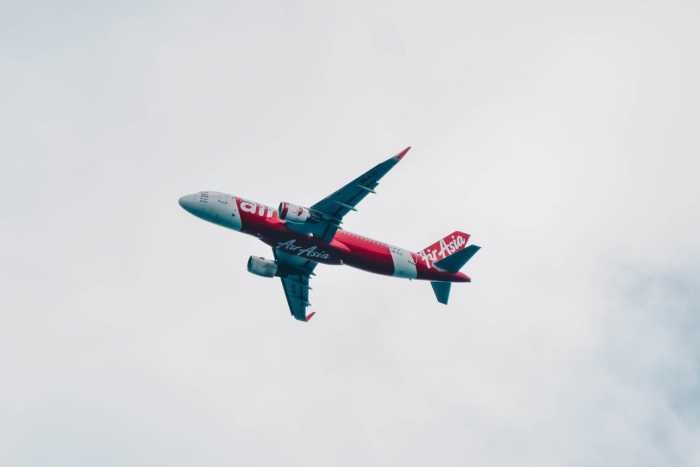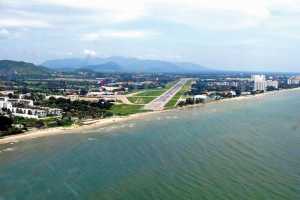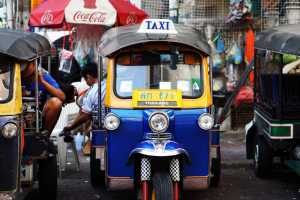
Phuket's Tourism Industry Recovery
22nd Feb 2011

The airline industry has definitely turned the corner after several years of body blows from the global downturn. Asia-Pacific and the Middle East are two crucial markets leading the way for Phuket's tourism industry recovery.
Asia Pacific carriers are expected to post a USD5.2 billion profit this year, double the previously forecasted of USD2.2 billion. China is a key driver of this growth but freight also plays a significant part, representing up to 40% of revenues.
Middle Eastern airlines have benefitted from strong regional economies and an expanded share of long haul markets. Carriers are expecting a profit of USD400 million for the year.
When you survey the performance of some of the large Asia-Pacific and Middle Eastern carriers, and their impact on tourism to Phuket either directly through the parent carrier, or, increasingly, through direct flights by low cost carriers, you can assess how important this fight back from several years of disastrous results is.
Of the Asia-Pacific airlines, Cathay Pacific Airways of Hong Kong made a record first half profit of USD881 million. Singapore Airlines had a USD187 million first quarter profit and Qantas Airways of Australia had a full year USD100.7 million profit.
All of these airlines have subsidiaries servicing Phuket with direct flights. Cathay have Dragonair; Singapore Airlines have SilkAir, Qantas and JetStar. This overall financial health of the parents is vital to the success of these smaller airlines that are important to Phuket.
Confidence in the future comes through in aircraft orders at this year's Farnborough Air Show last July. New aircraft orders worth nearly USD30 billion were announced. Again, Asia-Pacific airlines were big buyers. Thai Airways International ordered seven A330-300s valued at USD1.27 billion; Garuda Indonesia six A330-300s at USD1.2 billion and Qantas Airways seven Bombardier Q400 Next Gen aircraft worth USD218 million.
From the Middle East Emirates Airline ordered 30 B777-300Ers worth USD9.1 billion; Qatar Airways, which now flies direct to Phuket from Kuala Lumpur, two B777-200LRS worth USD501 million and two Bombardier Global 5000 aircraft worth USD90 million.
Not to be outdone, airports are also reporting an upswing, with global traffic up 8% in June. Within this Asia-pacific accounted for an 11.5% increase comparing total traffic between 2008 and 2010 with Middle Eastern airports up 19% above the 2008 level.
An odd and unfortunate sidebar to this increased profitability and forward aircraft buying is the impact on the customer. Airlines, it seems, are now permanently wedded to imposition of 'extra' fees that were introduced during the tough times to compensate for holding, or even lowering, fares.
It will be interesting to see if travelers continue to pay for extras such as an aisle seat, bags, checking in bags and purchasing over the phone, all things that used to be part of the fare. It looks like fees are going to remain and even become more pervasive. The cost of carrying on a bag these days, for example, can be very daunting for economy class passengers where little allowance is made for weight.
The other aspect being closely watched is what lessons airline CEOs have learned from the hard times of the recession. This particularly applies to what is called 'capacity discipline,' in other words CEOs must resist the temptation to increase the number of seats available through increasing the number of aircraft or they could get seriously caught, as they were in places like the United States, with a large capacity surplus that forced cancellation of forward orders, grounding of planes and even fare reductions.
Overall, however, places like Phuket which relies so heavily on aviation for its very existence, should benefit from the improved economic climate. Proof of this is the increased number of direct flights from the Middle East, Australia, Europe and North Asia, including China.









